
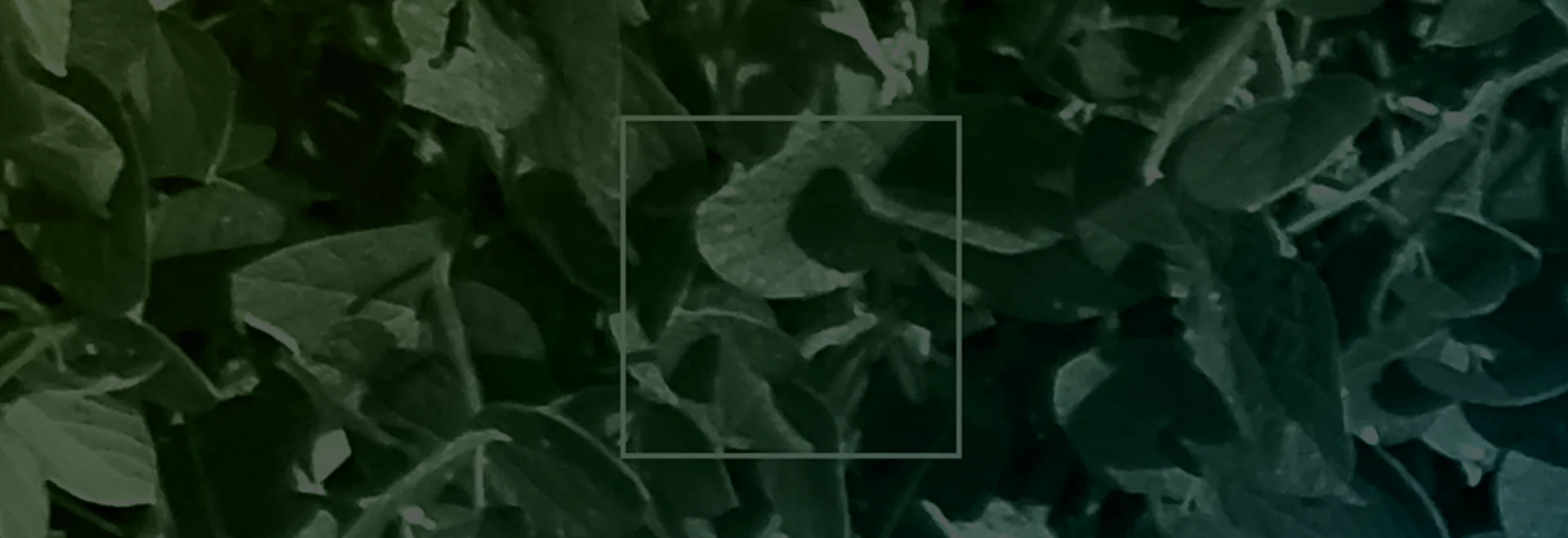
DATE | July 2024
LOCATION | Whitewater, WI
CROP | Soybeans
THREAT | Disease
MISSION | 1 2 3 4 5 6
Brown Stem Rot poses a significant threat to soybean yields, requiring immediate action to minimize losses.
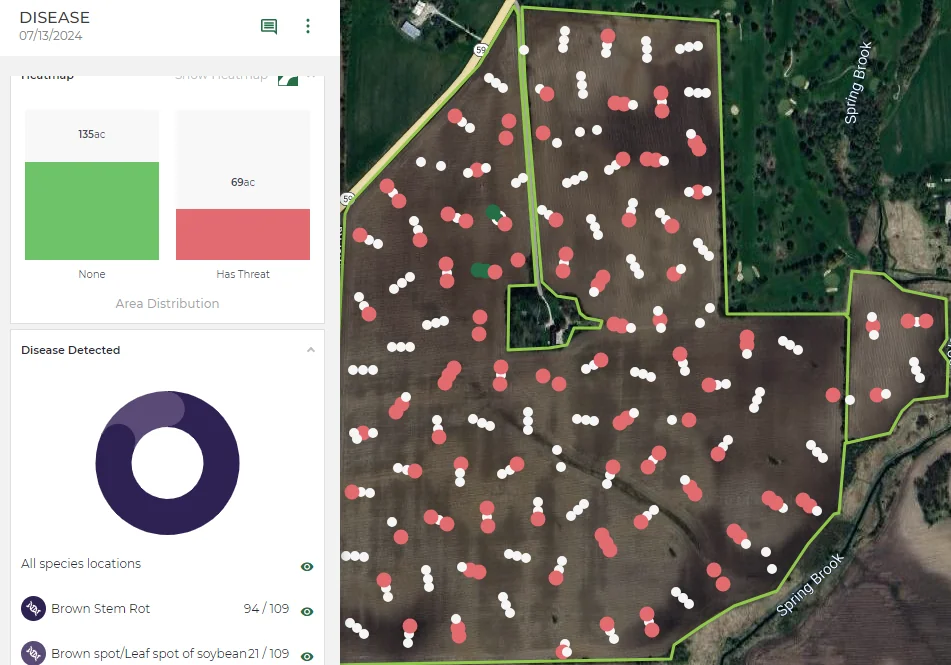
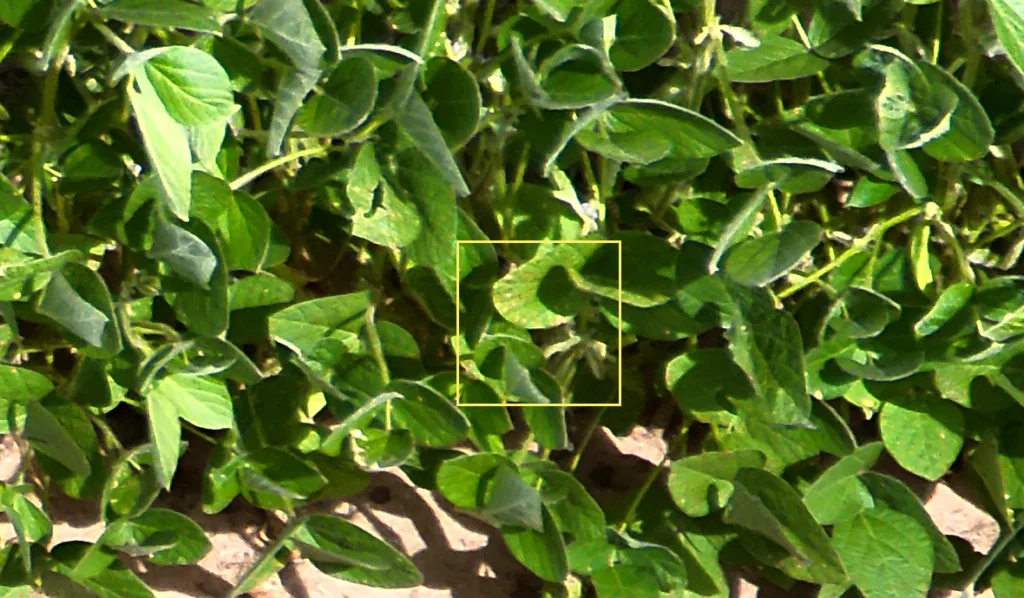
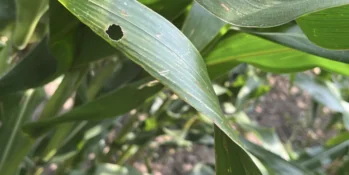
Prompt identification and treatment of insect damage are essential to prevent significant yield loss in corn.
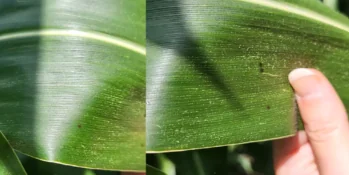
When tar spot is detected mid-season, immediate action is essential to prevent severe yield losses.
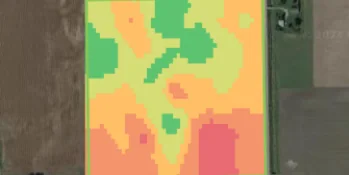
Ever wonder what happens when you plant soybeans in beach sand? Agronomy Consultant with Nutrien Northern Michigan, Kerrek Griffes, previously used satellite imagery (NDVI) to scout the field, but it didn't tell the whole story showing some questionable anomalies—that's where Taranis came in.